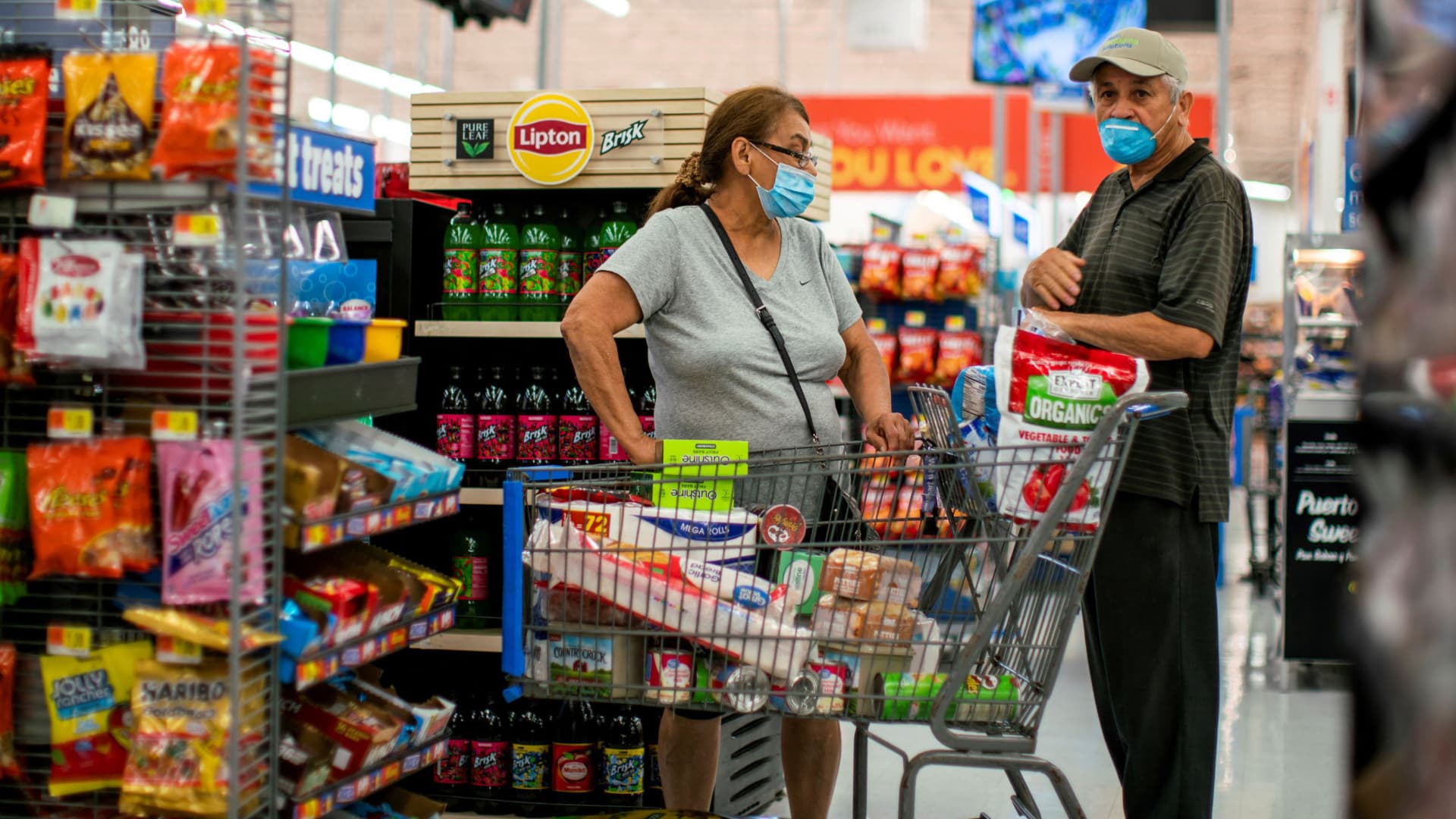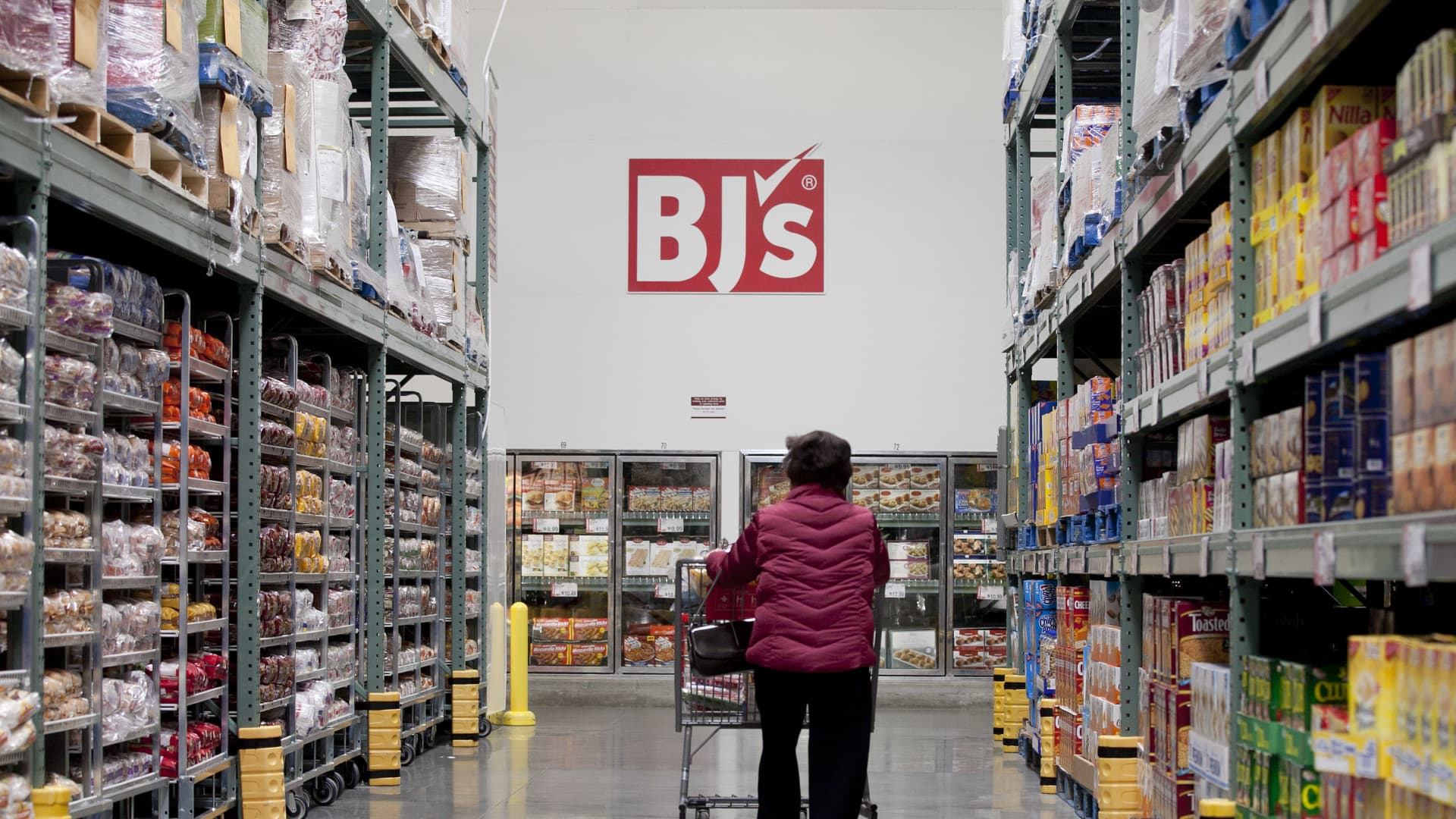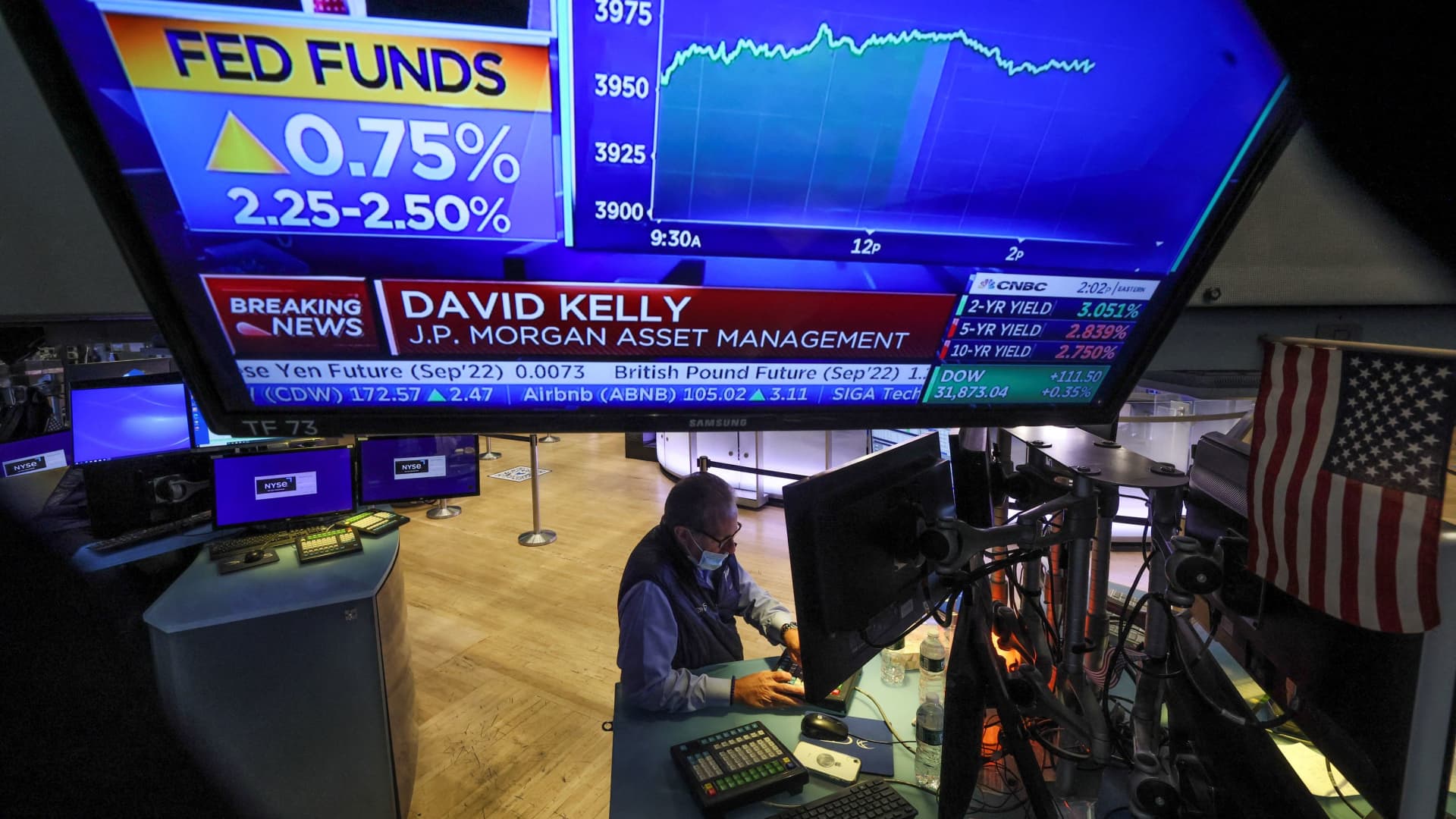Cash-strapped but still trying to keep up with the Kardashians: How social media drives bad spending habits


It only takes a quick scroll through Instagram to see how many people are on vacation right now, going to concerts and enjoying amazing meals out.
To be sure, “revenge tourism” — and “revenge spending” more broadly — has been surging, at least as far as social media is concerned.
At the same time, going out has gotten a lot more expensive and yet, many Americans are willing to go into debt to do it.
More from Personal Finance:
Millennials want to retire early at 59
32% of travelers overspend to earn credit-card bonuses
High inflation has 58% feeling insecure about their savings
It’s not just the allure of celebrities like the Kardashians anymore: Seeing influencers and even friends dining out, going on vacations or shopping for clothes or other items creates a “Keeping up with the Joneses” mentality that is hard to resist, studies show.
Nearly 40% of young adults said they spend more of their money on experiences than necessities like paying bills, according to a recent report by Credit Karma, in part because they want to share their enjoyment of that experience on social media.
Even though the majority of young adults say sites like Instagram and TikTok have a negative impact on their financial well-being, the fear of missing out, or FOMO, is a more powerful force.
Meanwhile, a majority of all Americans also say they are living paycheck to paycheck and feel increasingly strained by an economy that has produced the highest inflation rate since 1981.
With the additional financial burden of student debt and sky-high housing costs, nearly 30% of Gen Zers between the ages of 18 and 25 are living at home with their family and a quarter of young Millennials between the ages of 25 to 34 are, as well — a dramatic rise from a generation ago.
Of those who have moved out on their own, 32% said as much as half of their monthly income goes toward rent or a mortgage payment.
And yet, inflation and the rising cost of living hasn’t tempered their FOMO spending, according to Colleen McCreary, a consumer financial advocate at Credit Karma.
“This isn’t just being influenced, it’s your desire to make an impression,” she said.
However, with prices continuing to rise “you are not going to be able to keep up with this over time,” she cautioned. “It’s just going to get harder, not easier.”
This post has been syndicated from a third-party source. View the original article here.




